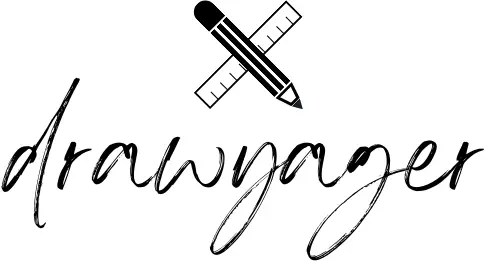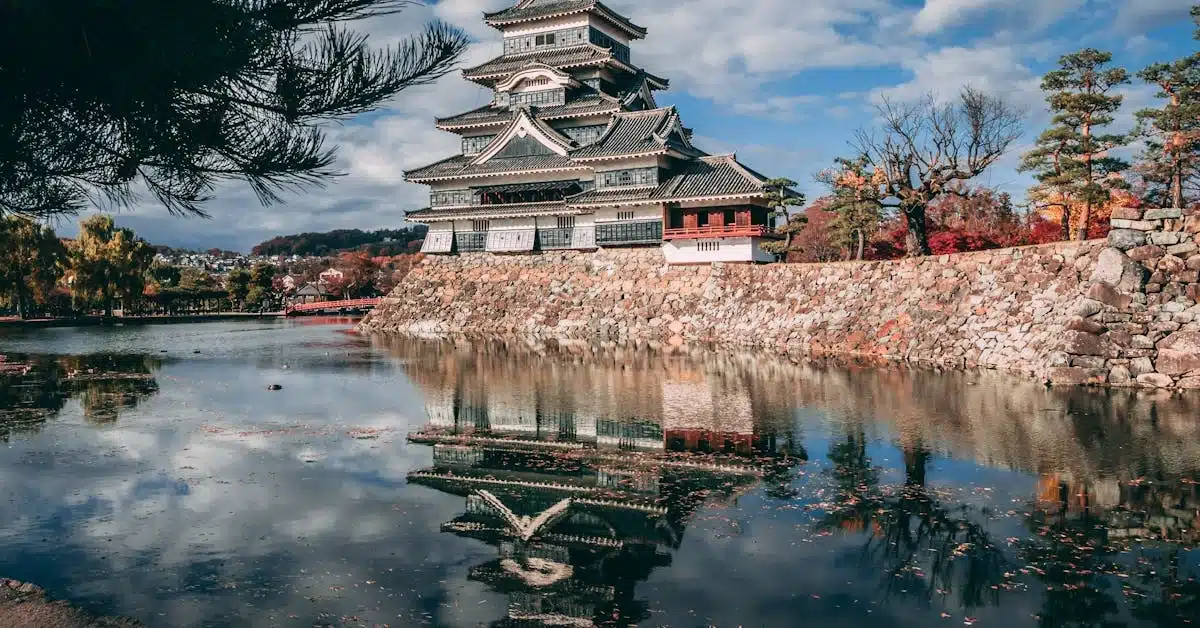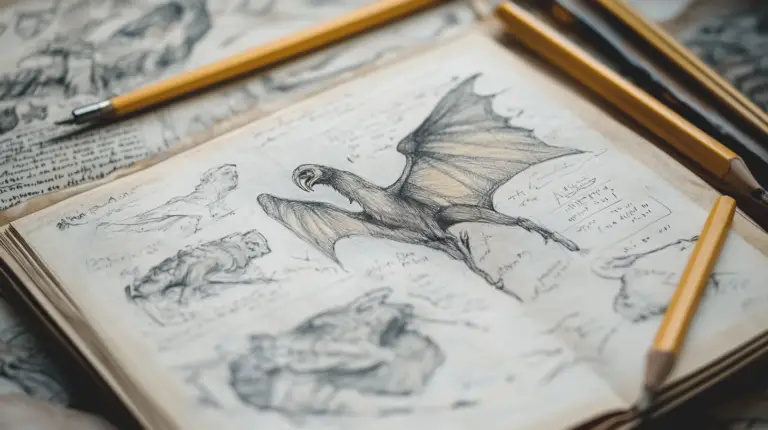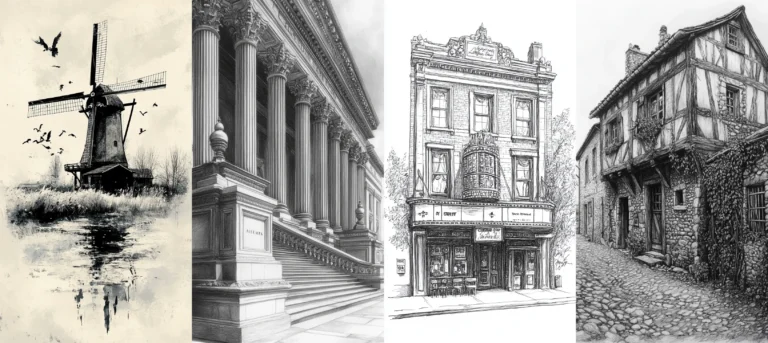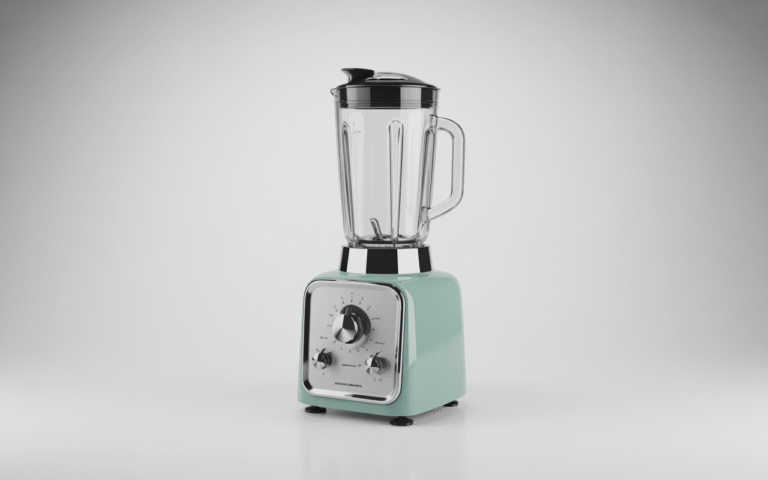Samurai warriors have fascinated artists for centuries. Their elegant armor, fierce expressions, and powerful presence make them a great subject for drawing. Whether you’re a beginner or an experienced artist looking for new inspiration, this guide will provide incredible samurai drawing ideas to bring these legendary warriors to life on paper.
Why Draw Samurai?
Samurai symbolizes discipline, strength, and honor. Drawing them can be a fun and rewarding experience, whether you’re interested in history, anime, or fantasy art. Here’s why samurai make great drawing subjects:
- Dynamic Poses – Samurai are often depicted in action, making them exciting to draw.
- Intricate Armor Details – Their armor is highly decorative, giving you room to experiment with textures.
- Expressive Faces – Their fierce expressions capture emotions like bravery and determination.
- Cultural and Historical Significance – Samurai are an iconic part of Japanese history, making them a meaningful subject.
Ready to sharpen your pencils and start sketching? Let’s dive into some amazing samurai drawing ideas!
Samurai Drawing Ideas

1. Traditional Samurai Portrait
A portrait of a samurai captures their strength, wisdom, and honor.
- Stoic Samurai Face – Draw a close-up of a samurai’s face with a calm and serious expression.
- Old Samurai with a Beard – Sketch an elderly samurai with battle scars and a wise look.
- Young Samurai in Training – Illustrate a determined young warrior learning the way of the sword.
- Samurai with a Topknot – Draw a samurai with the traditional chonmage hairstyle.
- Masked Samurai – Show a samurai wearing a fierce menpō (face mask) for battle.
- Samurai with a Straw Hat – Illustrate a wandering samurai, his eyes hidden beneath a wide hat.
- Samurai with War Paint – Draw a warrior with painted symbols of strength on his face.
- Female Samurai (Onna-Bugeisha) – Capture the fierce look of a female samurai in portrait form.
- Battle-Worn Samurai – Sketch a samurai with cuts, bruises, and a determined gaze.
- Samurai with Cherry Blossoms – Create a peaceful portrait of a warrior surrounded by falling cherry blossoms.

2. Full-Body Samurai in Armor
Samurai armor is detailed and impressive, making for great full-body character Samuarai Drawing Ideas.
- Classic Samurai Stance – Draw a samurai standing tall in full armor.
- Samurai Adjusting His Helmet – Sketch a warrior tightening his kabuto (helmet) before the battle.
- Kneeling Samurai – Show a samurai in a formal kneeling pose, sword at his side.
- Samurai with a Spear – Illustrate a samurai holding a yari (Japanese spear).
- Samurai with a Flowing Cape – Draw a warrior with a dramatic cape billowing in the wind.
- Riding a War Horse – Depict a samurai on horseback, charging into battle.
- Shadowy Samurai – Show a samurai’s silhouette in the moonlight.
- Samurai Holding a Banner – Illustrate a warrior proudly carrying his clan’s flag.
- Standing on a Cliff – Sketch a samurai looking over a battlefield from a high point.
- Samurai with a Long Coat – Draw a warrior wearing a long coat over his armor for a stylish look.
3. Samurai with Katana
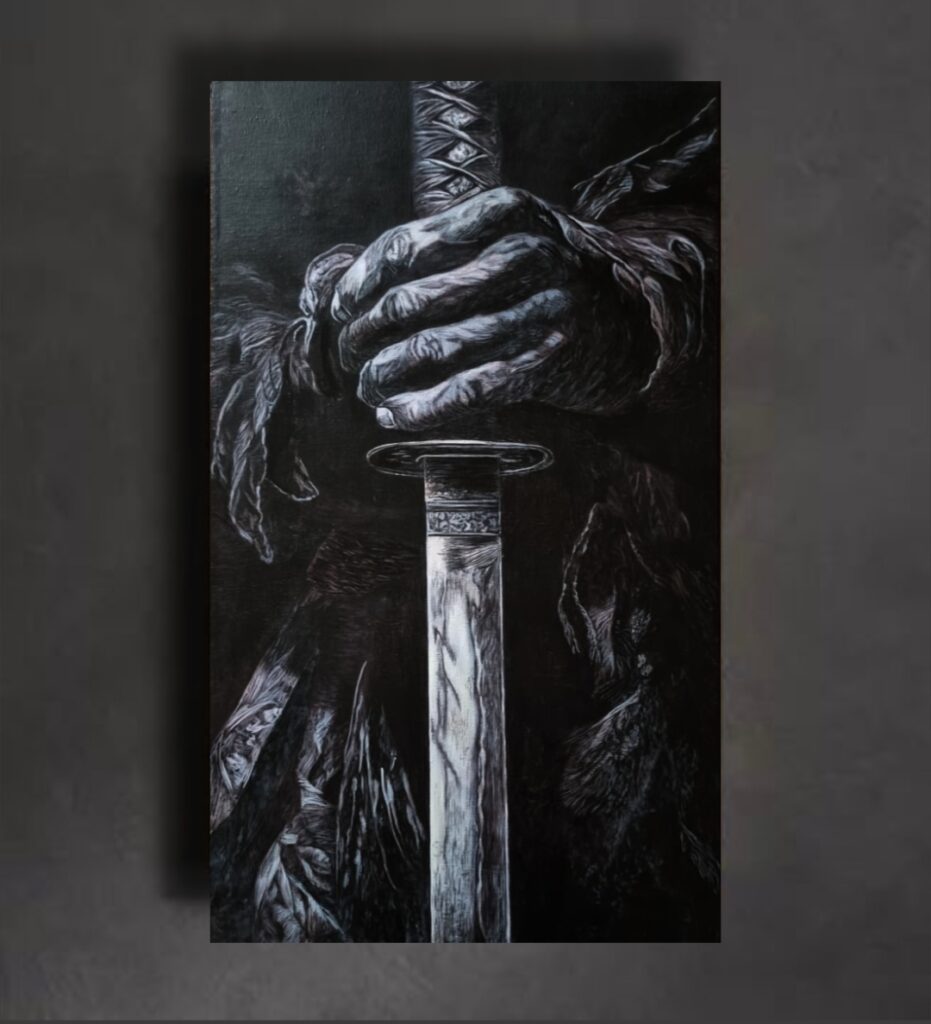
The katana is the samurai’s most iconic weapon. Consider drawing:
- Samurai Holding a Drawn Katana – Show a warrior gripping his sword, ready for action.
- Sword-Drawing Stance (Iaido) – Sketch a samurai mid-motion, pulling his katana from its sheath.
- Katana Reflection – Illustrate a samurai staring into his sword’s blade, lost in thought.
- Dual-Wielding Samurai – Draw a warrior holding two swords in the Niten Ichi-ryu style.
- Samurai Sharpening His Sword – Show a warrior maintaining his weapon with great care.
- Katana in the Ground – Draw a lone sword stuck in the dirt after battle.
- Running Samurai with Katana – Illustrate a warrior dashing forward with his sword raised.
- Samurai Blocking an Attack – Sketch a warrior deflecting an enemy’s strike.
- Katana with Engraved Symbols – Design a unique sword with a beautiful, decorated blade.
- Samurai Sheathing His Katana – Show a warrior calmly returning his sword to its scabbard.
4. Battle Scene Samurai Drawing Ideas
Action-packed drawings of samurai in combat bring excitement to your sketches.
- Samurai Mid-Swing – Draw a warrior striking with his katana.
- Blocking an Enemy Strike – Sketch a dramatic moment of two swords clashing.
- Mounted Samurai Charge – Illustrate warriors on horseback charging into battle.
- Duel at Sunset – Show two samurai locked in a one-on-one fight with long shadows.
- Arrow Rain Defense – Depict a samurai blocking multiple arrows with his sword.
- Samurai Fighting in a Bamboo Forest – Draw a high-speed battle between the trees.
- Falling Helmet in Battle – Illustrate a moment of impact as a samurai’s helmet flies off.
- Samurai and Ashigaru Soldiers – Show a general leading foot soldiers into combat.
- Final Strike Moment – Capture the moment before a final, decisive blow is delivered.
- Aftermath of Battle – Draw a lone samurai standing victorious on a battlefield.

5. Mythological Samurai
Combine fantasy elements with samurai for a unique twist:
- Demon Samurai (Oni Warrior) – Draw a samurai with red skin, horns, and a monstrous face.
- Dragon Armor Samurai – Sketch a warrior whose armor is shaped like a dragon.
- Ghostly Samurai – Illustrate a spirit samurai wandering through a misty battlefield.
- Fire-Wielding Samurai – Draw a samurai with flames surrounding his sword.
- Celestial Samurai – Depict a warrior blessed with glowing symbols from the gods.
- Water Spirit Samurai – Show a samurai with a flowing, wave-like design in his armor.
- Thunder Strike Samurai – Illustrate a warrior mid-attack, electricity crackling around him.
- Samurai with Angelic Wings – Draw a guardian samurai with divine wings.
- Masked Shadow Samurai – Design a samurai whose face is hidden behind an eerie mask.
- Serpent Clan Samurai – Depict a warrior with snake-themed armor and weapons.
6. Samurai in Traditional Settings
Placing your samurai in a historical or natural background can enhance your composition:
- Samurai Sitting in a Tea House – Draw a warrior enjoying a peaceful tea ceremony.
- Training in a Dojo – Illustrate a samurai practicing with wooden swords.
- Walking Through a Cherry Blossom Garden – Capture a peaceful moment in a blooming landscape.
- Overlooking a Cliffside Temple – Draw a samurai gazing at a temple in the distance.
- Meditating by a River – Show a warrior sitting quietly with his sword nearby.
- Preparing for Battle in a Castle – Illustrate a samurai adjusting his armor inside a fortress.
- Lantern-Lit Night Walk – Draw a warrior walking with glowing lanterns in the background.
- Samurai in a Snowstorm – Sketch a lone warrior standing in heavy snowfall.
- Resting Beneath a Torii Gate – Show a samurai taking a break under a shrine gate.
- Returning Home from War – Illustrate a tired samurai walking back to his village.
7. Samurai Sketchbook Studies
Studying different samurai elements helps improve drawing skills and understanding of their design.
- Hand Studies Holding a Katana – Draw different grips and hand positions for holding a sword.
- Samurai Helmet Designs (Kabuto) – Sketch various helmet styles with intricate details.
- Armor Piece Close-Ups – Focus on shoulder plates, chest guards, and leg armor.
- Facial Expressions of Samurai – Practice intense, calm, and battle-ready expressions.
- Traditional Samurai Shoes (Waraji and Geta) – Draw the different footwear samurai used.
- Samurai Belt and Sword Wrapping (Obi and Sageo) – Illustrate the way samurai tied their swords.
- Different Katana Blade Designs – Sketch katana variations, from long to short, and engraved blades.
- Samurai Posture Studies – Draw warriors in different stances, both relaxed and combat-ready.
- Traditional Samurai Bows (Yumi) and Arrows – Illustrate the longbows samurai used before relying on swords.
- Samurai Riding Horse Studies – Practice dynamic horse and rider poses in traditional armor.
8. Anime-Style Samurai Drawing Ideas
If you love anime, try sketching samurai inspired by Japanese animation:
- Samurai with Spiky Hair and a Dramatic Pose – Create a warrior with exaggerated anime-style hair.
- Mysterious Masked Samurai – Draw a character with a cool, sleek mask covering part of their face.
- Samurai with a Giant Sword – Give your character an oversized katana like in anime fight scenes.
- Female Anime Samurai with Flowing Robes – Create a graceful yet fierce female samurai.
- Energy Slash Attack – Illustrate a samurai swinging their sword, creating an energy wave.
- Wind-Blown Samurai Standing on a Cliff – Draw a dramatic silhouette with hair and clothes blowing in the wind.
- Duel Between Rivals – Sketch an intense moment before an anime-style battle.
- Samurai with Magical Abilities – Give your warrior glowing hands, floating swords, or supernatural speed.
- Futuristic Cyber-Samurai – Combine traditional samurai armor with cyberpunk elements.
- Samurai with a Pet Spirit Animal – Draw a samurai with a fox, wolf, or dragon companion.
9. Chibi Samurai
Chibi samurai are adorable, tiny versions of mighty warriors with exaggerated features.
- Chibi Samurai Holding a Giant Katana – Draw a cute samurai with a sword bigger than them.
- Chibi Warrior Eating Ramen – Illustrate a small samurai enjoying a bowl of noodles.
- Angry Chibi Samurai Pouting – Show a warrior crossing their arms in frustration.
- Chibi Samurai with Oversized Armor – Draw a tiny character wearing a suit of armor that’s too big.
- Chibi Samurai Training Hard – Illustrate a small warrior practicing with a wooden sword.
- Chibi Samurai Riding a Tiny Horse – Draw a mini warrior on an equally small steed.
- Chibi Samurai Holding a Cherry Blossom Petal – Create a peaceful moment with nature.
- Battle-Ready Chibi Samurai Yelling – Show an excited warrior charging into a fight.
- Sleeping Chibi Samurai Hugging Their Sword – Draw a samurai napping with their katana like a teddy bear.
- Chibi Samurai Team – Illustrate a group of small warriors, each with different personalities.
10. Samurai vs. Ninja
This classic rivalry can inspire some intense drawings:
- Samurai and Ninja Standoff – Draw the intense moment before a fight.
- Sword vs. Shuriken – Illustrate a samurai deflecting ninja throwing stars with his katana.
- Samurai Fighting a Shadowy Ninja – Show a battle where the ninja is hidden in the darkness.
- Ninja Ambush – Depict a samurai surrounded by ninja attacking from all sides.
- Samurai and Ninja on Rooftops – Illustrate a dramatic duel on a temple roof.
- Fire and Smoke Battle Scene – Draw a fight with smoke bombs and flames adding drama.
- Water Duel on a Riverbank – Show a battle near water, with splashes and reflections.
- Samurai Blocking a Surprise Attack – Illustrate a warrior sensing an unseen ninja’s move.
- Samurai and Ninja Forced to Team Up – Draw a scenario where they work together to fight a greater enemy.
- Epic Final Duel in the Rain – Create a cinematic moment of two warriors facing off in the storm.

Tips for Samurai Drawing Ideas
- Study Samurai Armor Details: Samurai armor is intricate, with many layers, plates, and decorative elements. Research different armor styles, such as ō-yoroi (great armor) and dō-maru (close-fitting armor), to understand how they move and fit the body. Pay special attention to helmets, shoulder guards, and arm bracers to make your samurai look authentic.
- Master the Flow of Samurai Robes: Traditional samurai often wore flowing robes, especially when not in battle. When drawing fabric, use long, smooth lines to show movement and weight, making sure the folds and creases follow the body’s shape and pose. Adding wind-blown fabric can make your samurai look even more dramatic.
- Get the Katana’s Proportions Right: A katana is a slightly curved sword, usually about three feet long, with a unique handle and guard. Make sure the curve is subtle and smooth, and pay attention to how the hilt wraps around the hands. Drawing the sword too short or too straight can make it look unnatural.
- Use Dynamic Poses for Action Scenes: Samurai are known for their powerful and precise movements, so avoid stiff or unnatural stances. Study kendo (Japanese sword fighting) or martial arts poses to make your samurai feel alive. Try drawing a warrior mid-swing, leaping forward, or blocking an attack to add energy to your artwork.
You may want to read Dynamic Posing Reference: Master the Art of Lively Illustrations 2024 - Express Personality Through the Samurai’s Face: Whether your samurai is fierce, calm, or battle-worn, their expression should reflect their personality. Use strong jawlines, furrowed brows, and deep-set eyes for intensity, or closed eyes and a soft expression for a wise and disciplined warrior. Adding scars or wrinkles can tell a deeper story about their experience.
- Incorporate Traditional Samurai Symbols: Many samurai belonged to clans that had unique kamon (family crests), often displayed on armor or banners. Adding symbols like cherry blossoms (honor), dragons (power), or tigers (courage) can give your drawing deeper meaning. Research historical samurai crests for inspiration.
- Experiment with Light and Shadow: Samurai settings often include dramatic lighting, like sunset duels or battles in candlelit temples. Use strong contrasts to make the character stand out, shading armor to give it depth and highlighting fabric folds to create volume. This will add mood and intensity to your drawing.
- Pay Attention to Samurai Hairstyles: Many samurai wore their hair in a chonmage (topknot), shaved at the front with a long tied section in the back. Others, like wandering rōnin, might have messier hair to show their independent status. A warrior’s hairstyle can reveal a lot about their rank, personality, and story.
- Use Perspective for a Stronger Composition: When drawing a samurai in an intense battle or heroic pose, experiment with foreshortening. Drawing the sword coming towards the viewer or a dramatic low-angle perspective can make the scene feel more dynamic. Practice with different angles to make your samurai drawings more engaging.
- Add Background Elements for Storytelling: A great samurai drawing isn’t just about the character – it’s also about their world. Whether it’s a misty bamboo forest, a burning battlefield, or a quiet temple, adding background elements will create atmosphere. Even simple details like falling cherry blossoms or drifting embers can enhance the mood of your piece.
FAQs About Samurai Drawing Ideas
What is the best way to start drawing a samurai?
Start with a rough sketch using basic shapes. Outline the body, armor, and weapons before adding details. Use reference images to make your drawing more accurate.
How can I make my samurai drawing more dynamic?
Experiment with action poses! Use foreshortening (drawing things closer to the viewer larger) to create depth and movement. Adding flowing clothing or energy lines can also enhance the effect.
What tools are best for drawing samurai?
A pencil and sketchbook are great for beginners, but you can also use ink pens for detailed linework. If you prefer digital art, try drawing samurai in software like Procreate or Photoshop.
Drawing samurai is a fantastic way to challenge your artistic skills and explore a legendary part of history. Whether you prefer traditional, anime, or fantasy styles, these ideas will help you create stunning samurai art. Want more inspiration? Follow my Pinterest for more samurai drawing ideas and check out our blog for more art tutorials. Leave a comment below and share your best samurai drawing!
